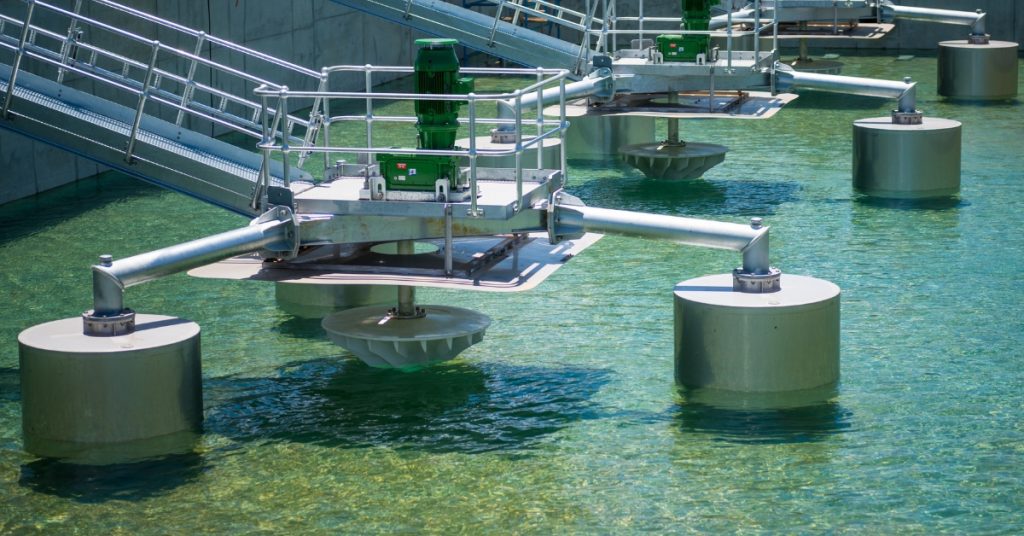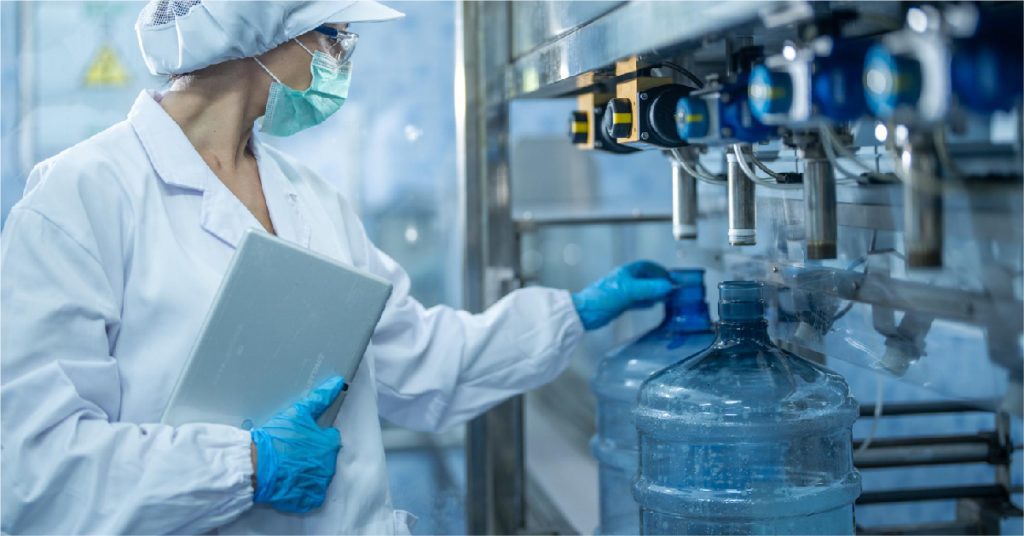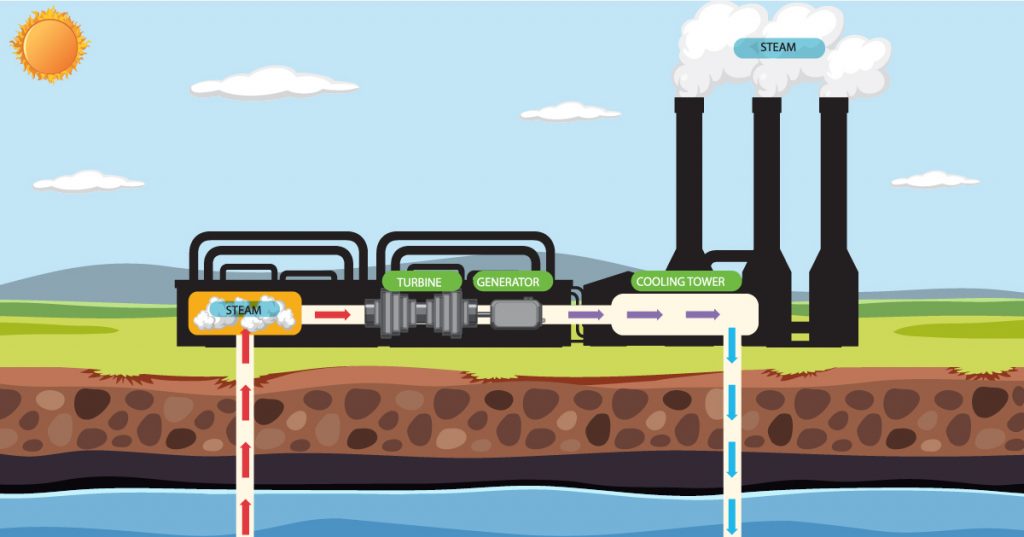Industries play a vital role in driving economic growth, but they also generate large volumes of wastewater that pose a significant threat to the environment if not managed properly. Industrial wastewater often contains a complex mix of organic and inorganic pollutants, heavy metals, oils, and toxic chemicals. Proper treatment and disposal of this wastewater are crucial to prevent environmental degradation and ensure regulatory compliance. This is where an effluent treatment plant (ETP) becomes essential.
An ETP is a facility designed to treat industrial effluent and remove harmful pollutants before discharging the water into the environment or reusing it in processes. The main objective of an effluent treatment plant is to ensure that the effluent released from industries meets the environmental discharge standards set by regulatory bodies.
Why is ETP important in wastewater management?
Effluent treatment plants play a critical role in industrial wastewater management by treating effluent through a series of physical, chemical, and biological processes. These processes help remove pollutants from wastewater, making it safe for discharge or reuse. Without a properly functioning ETP, industries risk contaminating nearby water bodies, harming aquatic life, degrading soil quality, and posing health hazards to nearby communities.
In many countries, strict environmental regulations mandate the installation and operation of ETPs across various industrial sectors such as textiles, pharmaceuticals, food processing, chemicals, and oil refineries. Compliance not only helps industries avoid legal penalties but also demonstrates their commitment to environmental responsibility.
How does an ETP work?
An effluent treatment plant typically consists of several stages, each designed to treat different types of pollutants:
- Preliminary Treatment: This stage involves the removal of large solids, grit, and debris from the effluent. Screens and grit chambers are used to prevent clogging of downstream equipment.
- Primary Treatment: In this phase, the effluent undergoes sedimentation to remove suspended solids. The process reduces the load on subsequent treatment stages.
- Secondary Treatment: Biological processes come into play here. Microorganisms break down organic matter in the effluent through methods like activated sludge processes or trickling filters.
- Tertiary Treatment: This final stage involves advanced treatment techniques such as filtration, chemical coagulation, disinfection, and reverse osmosis to remove any remaining contaminants and ensure the treated water meets quality standards.
Environmental and economic benefits of ETPs
Implementing an effluent treatment plant has several advantages beyond regulatory compliance:
- Protects ecosystems: By reducing the release of harmful substances into the environment, ETPs help protect rivers, lakes, and groundwater sources.
- Promotes water reuse: Treated effluent can be reused within industrial processes, leading to conservation of freshwater resources and cost savings.
- Reduces treatment costs: Pre-treating effluent before sending it to municipal treatment plants reduces the load and costs for public facilities.
- Improves public image: Operating an ETP signals an industry’s commitment to sustainability and corporate social responsibility, improving its reputation among customers and stakeholders.
INDION ETP by Ion Exchange: Efficient and Compact Effluent Treatment Plant
The INDION Rice Mill Effluent Treatment Plant (ETP) is a compact, efficient solution designed by Ion Exchange to manage effluent from rice mills across a wide range of capacities—25 to 250 KLD—while withstanding shock loads of up to 20%. This effluent treatment plant begins with flow equalization, ensuring consistent inlet conditions. The effluent is then processed through primary treatment to remove suspended and floatable solids, followed by biological treatment for organic matter reduction. The ETP concludes with tertiary polishing via chlorination and filtration, producing high-quality treated effluent. It minimizes chemical usage and maintenance needs, generates low sludge volumes, and significantly reduces energy consumption and operational costs. The system is ideal for easy upgradation and integration with existing wastewater infrastructure.
Conclusion
An effluent treatment plant is a cornerstone of responsible industrial wastewater management. It ensures that effluent is treated effectively before it is released into the environment, reducing pollution and promoting sustainable industrial practices. By investing in advanced ETP technologies and skilled operations, industries can meet compliance standards, protect natural ecosystems, and contribute to a cleaner future.
Connect with Ion Exchange experts today to learn more about setting up or upgrading your ETP.





